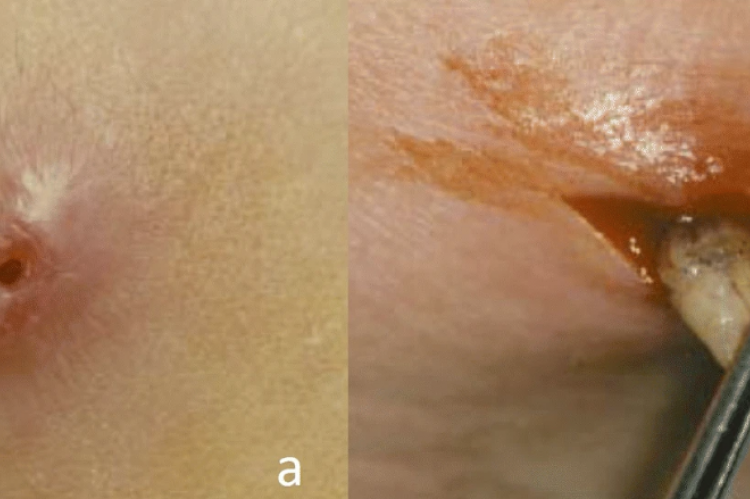From Farms to Flesh: Belize’s First Human Screwworm Case Exposes National Failure
By: Omar Silva I Editor/Publisher
National Perspective Belize I Digital 2025
Belize City, Tuesday 19th August 2025: Belize has confirmed its first-ever human case of New World Screwworm (NWS)—a parasitic fly that feeds on the living flesh of warm-blooded animals, now including people. The victim, a 21-year-old farmer from Benque Viejo del Carmen, is receiving treatment at the San Ignacio Community Hospital after larvae were pulled from an open wound.
Officials from both the Ministry of Health and BAHA confirmed the diagnosis. While the young farmer is responding well to treatment, this case represents far more than an isolated medical incident. It is the result of seven months of warnings ignored, weak veterinary oversight, and government inaction.
“Only a Matter of Time”
BAHA’s Deputy Director of Animal Health, Salustino Pech, admitted bluntly that human infection was inevitable:
“With the amount of cases we’re getting in Belize now, it was just a matter of time before we had our first human case. We are the last country in the region to have a confirmed case.”
His words reveal what authorities already knew: the risk was imminent. Yet instead of rapid prevention, Belize got delay, guidelines, and press conferences.
No Cure—Only Painful Extraction
Vector Control Chief Kim Bautista confirmed that no direct treatment exists. The only options are:
- Painful manual extraction of larvae from wounds, sometimes under anaesthesia,
- Use of Ivermectin to immobilize larvae,
- Antibiotics to prevent secondary infection.
“The larvae have to be physically removed,” Bautista admitted. “Ivermectin and antibiotics don’t kill them—they only slow the infestation and prevent further damage.”
This reality makes prevention vital. Yet prevention is exactly where Belize failed.
Seven Months of Missed Opportunity
- The outbreak began in December 2024, first in livestock.
- By mid-2025, over 335 animal cases were reported from Toledo to Corozal.
- Dogs have now surpassed livestock as the most frequent victims.
- Even wildlife, including howler monkeys, have been infected.
Despite these red flags, authorities never launched:
- The sterile fly release program, used successfully in Mexico and the U.S. to wipe out screwworm,
- An emergency livestock treatment campaign,
- Proper border controls or a trinational strategy with Mexico and Guatemala.
Instead, Belize waited until human flesh was literally under attack.
The Consequences of Complacency
Pech warned that the flies are now “all over” and that any warm-blooded animal—including humans—is at risk. Eggs can be laid in a wound and hatch into flesh-eating larvae within 12 hours.
This means farmers, pet owners, and rural residents across Belize face daily danger. And yet, outside of general advisories, no emergency response has been mounted.
Belize had seven months to act. Instead, it watched the parasite spread from cattle to pets, from pets to wildlife, and now from wildlife to humans.
This infection was not an accident. It was the foreseeable consequence of delay, denial, and dangerous complacency.
- Log in to post comments

